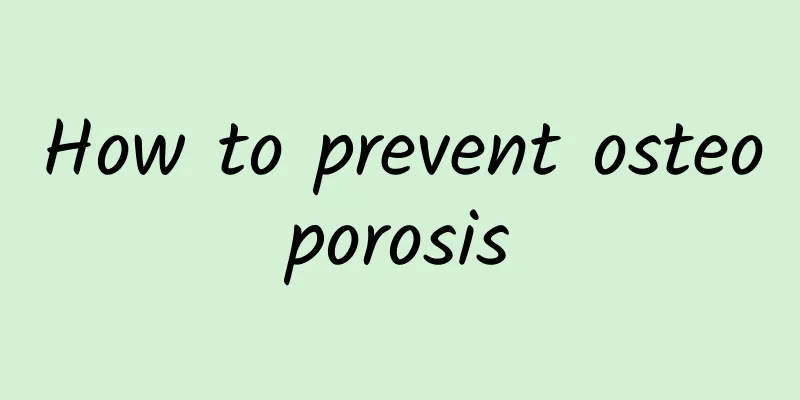What are the symptoms of polycystic ovary syndrome?

|
Women with polycystic ovary syndrome will experience symptoms such as amenorrhea and infertility. Because ovulation is not frequent, if the endometrium has excessive proliferation, this condition is more serious and the treatment will be very complicated. So what are the symptoms of polycystic ovary syndrome? The following editor will tell you what the symptoms of polycystic ovary syndrome are. 1. Abnormal menstruation: oligomenorrhea, amenorrhea, and in a few cases, functional uterine bleeding. It often occurs during adolescence and is characterized by irregular menstruation after menarche. 2. Hirsutism is common, with an incidence rate of up to 69%. Due to the increase in androgen levels, the vellus hair on the upper lip, lower jaw, chest, back, middle of the lower abdomen, both sides of the upper thighs and around the anus may become thicker and more numerous, but the degree of hirsutism is not proportional to the androgen level. It may also be accompanied by acne, excessive facial sebum secretion, deep and rough voice, enlarged clitoris, Adam's apple and other signs of masculinization. 3. Infertility Due to long-term anovulation, patients often suffer from infertility, and sometimes there may be occasional ovulation or miscarriage, with an incidence rate of up to 74%. 4. Obesity accounts for more than 20% of the body weight, and those with a body mass index ≥25 account for 30% to 60%. Obesity is mostly concentrated in the upper body, with a waist/hip ratio > 0.85. It usually starts during adolescence and gradually worsens with age. 5. Acanthosis nigricans: Gray-brown pigmentation appears symmetrically in the skin folds of the labia, back of the neck, armpits, under the breasts and groin, and the skin becomes thickened and soft in texture. 6. Ovarian enlargement: In a few patients, enlarged and firm ovaries can be felt through general gynecological examination, but most of them require B-ultrasound examination to confirm. 7. Estrogen cannot produce progesterone due to the absence of ovulation. If high amounts of estrogen stimulate the endometrium for a long time, it may cause excessive endometrial hyperplasia, atypical hyperplasia, and even cancer. After reading the above content, do you have an understanding of the symptoms of polycystic ovary syndrome? The symptoms of cystic ovary are mostly hirsutism, and the incidence of this symptom is 69%. Of course, you should also pay more attention to your weight, not too thin or too fat, and try to keep your body balanced. Ovulation is also very important. If you do not ovulate for a long time, atypical hyperplasia will occur. |
<<: Why do my nipples become enlarged and painful?
>>: What to do if breast cysts enlarge?
Recommend
Revealed! Embarrassing things that women do in the delivery room
Maybe you have learned something about childbirth...
Introduction to the symptoms of cold uterus in women
I believe everyone has heard of the term "ut...
Will I get pregnant if I have sex right after my period?
Some women start having sex soon after their mens...
What are the small particles on the areola?
The human body is a very complex organism, compos...
Is it normal to bleed for half a month after abortion?
In today's society, many women choose medical...
Treatment of uterine fibroids and adenomyosis
Female friends are most reluctant to feel unwell,...
Treat depression mainly on your own, but don't refuse the help of medicine
When Huazi was teaching pharmacology at a univers...
There are so many dangers of amenorrhea!
After women reach menopause, their bodies no long...
Do you just need to rest after lumbar muscle strain? Correct recovery will tell you!
Lumbar muscle strain is a disease that is mostly ...
The few days after the period are the safe period
The female safe period refers to the safe period ...
Where is the best place for a woman to have a mole?
It is very common to have moles. Many people usua...
Are ovulation test strips accurate?
Ovulation test strips are mainly used for luteini...
Dark area with fluid can be seen in the uterine rectal fossa
If a dark area of fluid appears in the rectoute...
Treatment of Bacterial Vaginitis
The busy life always makes many female friends su...
What are polycystic changes?
Due to long-term menstruation, a lot of garbage a...









